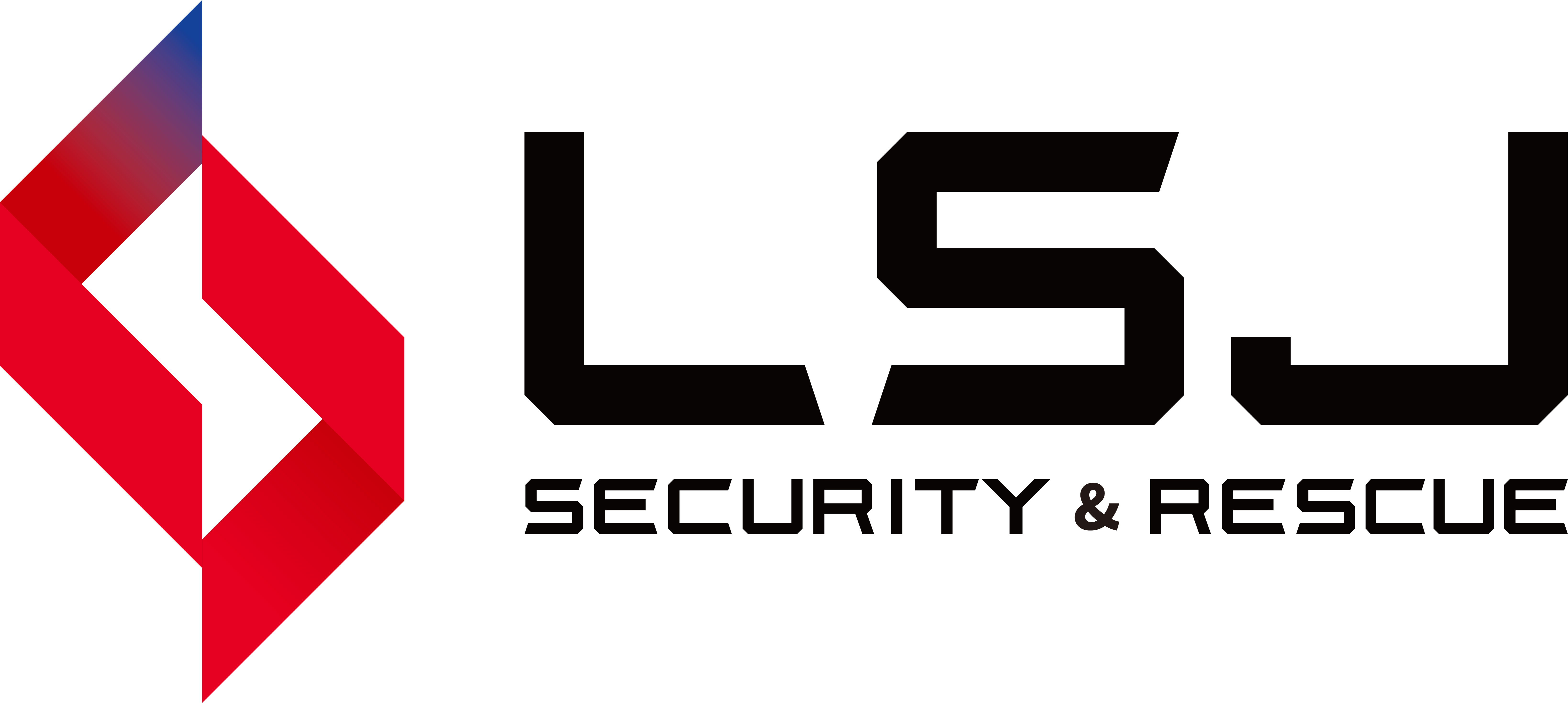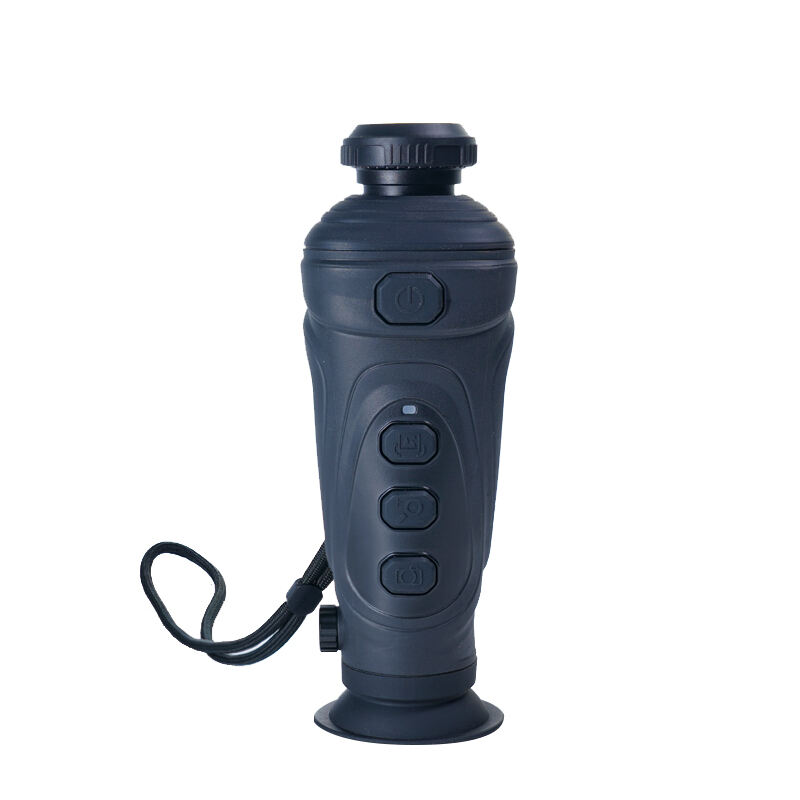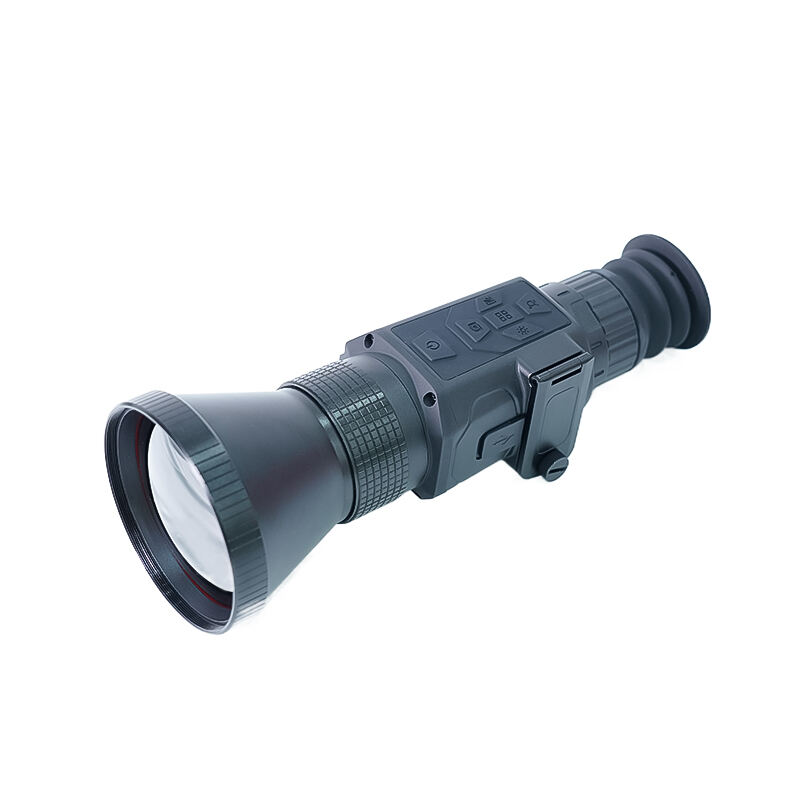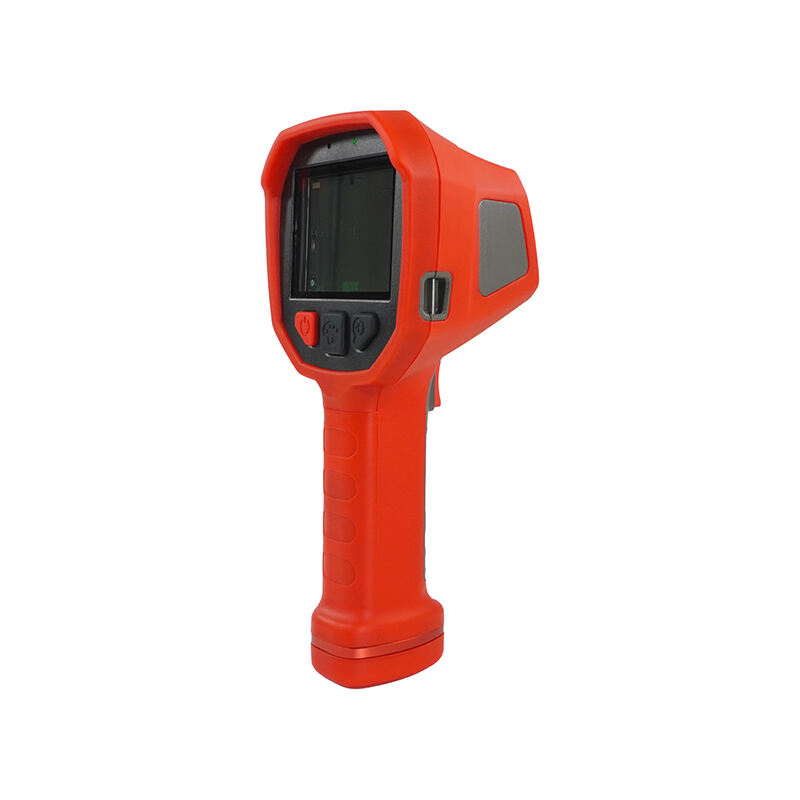- Description

Is there a problem?
Please contact us to serve you!
Radar Life Detector
The LSJ-M Radar Life Detector is a high-resolution tool built with UWB (Ultra-Wide band) technology, designed for emergency rescues. It can detect and locate life signals in challenging environments, offering long-range, non-contact detection and real-time location of trapped individuals.
It is ideal for various rescue scenarios, including:
• Building Collapses: Quickly scans debris to find trapped victims, reducing search time.
• Earthquakes: Helps locate survivors in collapsed structures, improving response speed.
• Natural Disasters: Detects life signs in landslides, mudslides, and more.
• Mining & Tunnel Rescue: Penetrates confined spaces to locate trapped individuals.
This LSJ-M human life detector ensures faster, more effective rescues in critical situations.
- Features
- Technology
- Tibet Earthquake Rescue
- Applications
- Video
- Recommended Products
Features

2D Positioning
The UWB pulse signal offers high resolution and accuracy, providing real-time tracking of victims’ coordinates. Dual screens ensure easy monitoring.
Full Area Scanning
The device features a real-time full-area scanning function, quickly displaying the results for efficient searching.
Smart Identification
The device automatically identifies human targets with a low false alarm rate, using intelligent recognition technology.

Powerful Performance
The enhanced coupling antenna technology offers strong penetration. The automatic medium compensation feature ensures a robust performance with high anti-interference capabilities.

Integrated Design
With its toolbox-style integrated design, the device is portable and user-friendly, ensuring ease of use in the field.

Durable and Reliable
Rated with an IP67 protection level, the device is shock-resistant in three axes and built for harsh environments. It also features intrinsically safe explosion-proof design for secure operations.
Technology
The LSJ-M Radar Life Detector integrates innovative technologies to provide highly accurate and reliable life-sign detection in various rescue scenarios.
Ultra-Wide Band Radar (UWB) Technology
UWB technology uses a wide frequency spectrum, allowing strong penetration and high resolution. It can pass through non-metallic materials like concrete, brick walls, and earth layers to detect subtle life signs such as breathing or heartbeat movements. This technology's strength lies in its ability to adapt to complex environments, delivering clear location data even in challenging conditions.
Micro-Motion Detection Technology
This technology detects even the smallest body movements caused by breathing and heartbeats. Using highly sensitive sensors, it captures these micro-movements in real-time, significantly improving detection accuracy in environments like rubble or tunnels, where traditional methods may struggle.
Biomedical Engineering
By leveraging principles from biomedical engineering, the device identifies life signs such as breath frequency and heartbeats, increasing the chances of detecting survivors. The integration of these biological signals helps fine-tune the detection process for better results in rescue missions.
Signal Processing and Data Analysis
The device processes radar signals in real-time, filtering out noise and interference to isolate life-sign signals. Advanced algorithms analyze the data and accurately pinpoint life signs even amidst challenging environmental factors, ensuring timely and reliable location tracking.
Intelligent Automation
This system allows the radar to autonomously identify life signs. Powered by artificial intelligence, the device automatically distinguishes life-sign signals from other noise, reducing human error. It continuously adjusts to environmental changes, ensuring the most accurate and up-to-date detection data is provided to rescue teams.
Overall, the 2D Radar Life Detection Device combines UWB radar, micro-motion detection, biomedical engineering, signal processing, and intelligent automation technologies. These features enable the device to deliver powerful and precise life detection capabilities, crucial for fast, effective rescue operations in complex, hazardous environments.
Tibet Earthquake Rescue
Incident Overview
On January 7, 2025, at 9: 05 AM, a 6. 8-magnitude earthquake struck Dingri County, Shigatse, Tibet, causing severe damage to buildings and loss of life. The earthquake created immediate challenges for rescue efforts, with many structures collapsing. In response to the urgent call for help, LSJ Technology quickly mobilized a team of volunteers and technical experts to the affected area, ready to assist in any way possible.

Emergency Response and Equipment Deployment
Upon receiving the request, LSJ swiftly activated its emergency response plan. The team gathered and dispatched key rescue equipment to the disaster site, including:
• YZ-120 Radar Life Detector
• CAMB-V500 Search and Rescue Camera
• CAMB-RAD Array Seismic Life Detector
• Yz-120 Laser Structural Movement Telemeter
These earthquake search and rescue equipment were essential in navigating the complex disaster environment, offering precise life detection, structural monitoring, and rapid data analysis to aid rescue efforts.
Adaptation to Harsh Conditions
The disaster area was located in a high-altitude, cold mountainous region with extreme environmental conditions, requiring equipment that could withstand such challenges. LSJ's advanced devices have proven their reliability in previous major disaster rescue operations, including the Ya'an earthquake, the Sichuan Luding earthquake, the Turkey earthquake, and the Gansu Jishishan earthquake. These prior experiences ensured that LSJ's equipment was well-suited for the tough conditions in Tibet.
On-Site Execution and Rescue Outcomes
In Tibet, the rescue team deployed the equipment immediately to assist with the operation. The Radar Life Detector was instrumental in penetrating debris and locating survivors deep beneath the rubble. It provided precise coordinates of life signals, greatly enhancing search efficiency.
Meanwhile, the Search and Rescue Camera
provided real-time video footage to assess the condition of trapped individuals, enabling rescue teams to tailor their approach based on the status of the survivors.

The Building Deformation And Displacement Monitoring Radar
helped assess the stability of surrounding structures, detecting potential secondary risks such as further collapses, which allowed the rescue team to make informed decisions about which areas to prioritize.

LSJ's involvement in the Tibet earthquake rescue highlighted the company's expertise in handling disaster recovery efforts in extreme environments. By utilizing advanced technology and a highly skilled team, LSJ played a crucial role in locating survivors and assessing structural risks, ultimately contributing to the efficiency and success of the operation. Moving forward, LSJ remains committed to providing high-quality rescue equipment and support for global disaster response efforts, helping save lives and stabilize disaster zones.
Applications

Earthquake Rescue
After an earthquake, the radar sends electromagnetic signals that easily penetrate concrete and rubble. It detects faint life signs, such as breathing or small movements, deep within the debris. This helps rescuers locate survivors quickly, maximizing the chances of saving lives.

Tunnel Collapse
In the event of a tunnel collapse, the radar can penetrate thick soil and fallen tunnel structures. It detects even the slightest life signs from trapped individuals, helping rescuers pinpoint their location, which is crucial for a successful rescue in such challenging conditions.

Building Collapse
When a building collapses unexpectedly, the radar quickly scans the wreckage, detecting potential life signs and pinpointing the location of survivors. It can cut through the rubble, providing real-time data to rescue teams, speeding up the search and recovery process.

Landslide Rescue
In the aftermath of a landslide, the radar remains effective despite harsh weather conditions and rough terrain. It can locate buried victims by detecting their faint life signals, providing crucial information for efficient rescue operations in difficult, mountainous environments.

Mining Accident
In the event of a mining disaster, the radar can penetrate layers of rock, dust, and debris to detect trapped miners. It provides vital location data, even in hazardous conditions, helping rescuers quickly locate and assist victims.

Avalanche Rescue
Following an avalanche, the radar can penetrate heavy snow to detect life signs from buried victims. It accurately pinpoints their location, providing critical information for rescue teams working in snowy, high-altitude environments.
Video
Click the video to see how the LSJ-M Radar Life Detector plays a crucial role in real rescue operations. After watching, please fill out the contact form to get more information and pricing lists. Let the LSJ-M be your trusted partner in rescues!











